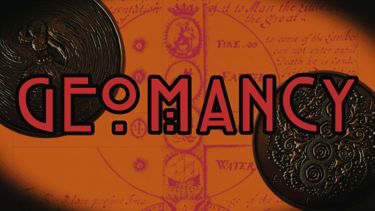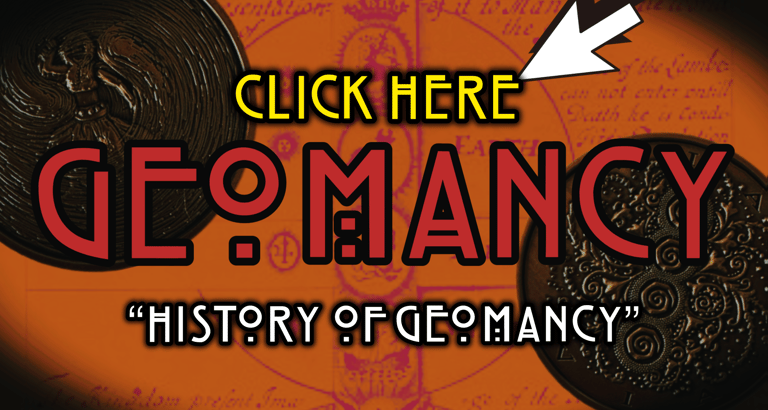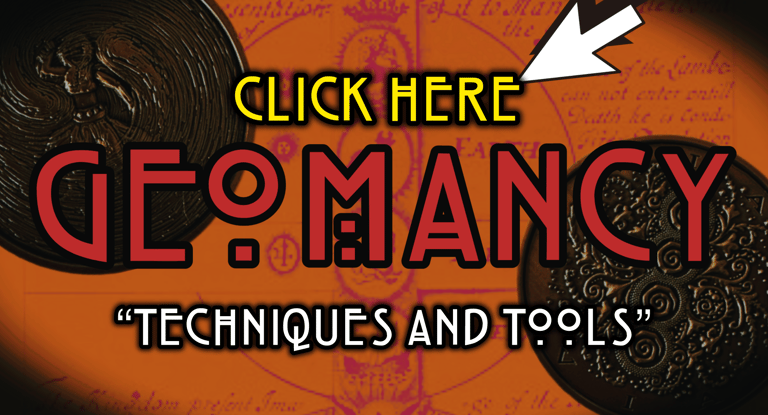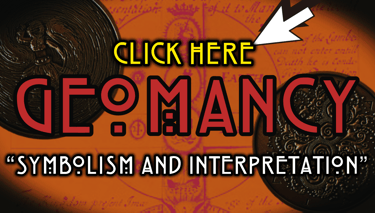

Geomancy is an ancient practice that involves divination by interpreting patterns formed on the ground or by casting stones or other objects. It is a method of predicting the future, understanding the present, and seeking guidance through the observation of natural elements. This page will delve into the history, techniques, and significance of geomancy, shedding light on its enduring relevance in today's world.
Geomancy, also known as "earth divination," has its roots in various cultures and civilizations throughout history. From ancient China to medieval Europe, geomancy has been used as a tool for understanding the mysteries of the universe and seeking answers to life's most pressing questions. By examining the patterns formed on the earth's surface or interpreting the arrangement of objects, geomancers believed they could gain insights into the past, present, and future.
Historical Significance
Geomancy originated in the Middle East during the Islamic Golden Age and spread to different parts of the world, including Europe and Asia. It was highly regarded by scholars and philosophers who saw it as a means of exploring the unseen forces that govern the universe. In Islamic culture, for instance, geomancy was considered one of the noble sciences, alongside astrology, alchemy, and others.
Want to learn more about the history of Geomancy?
Techniques and Tools
Geomancers employ various techniques and tools to conduct divination. One common method is to draw a series of dots or lines on the ground and interpret the resulting patterns. Another technique involves casting objects such as stones, shells, or dice and interpreting their arrangement. These techniques require deep knowledge and understanding of the symbols and their meanings.
Want to learn more about the techniques and tools of Geomancy?
Symbolism and Interpretation
Geomancy relies heavily on symbolism and interpretation. Each symbol or pattern carries a specific meaning that the geomancer must decipher. For example, a straight line might represent stability and progress, while a broken line could signify obstacles or challenges. By combining and analyzing these symbols, a geomancer can provide insights and guidance to those seeking answers.
Want to learn more about symbolism and interpretation?
Modern Applications
Although geomancy has its roots in ancient practices, it continues to be relevant in modern times. Many people still turn to geomancers for guidance in making important life decisions, such as choosing a career or finding a suitable partner. Geomancy can also be used to analyze the energy flow and design of buildings, helping to create harmonious and balanced environments.
Summary
Geomancy, with its rich history and enduring relevance, offers a unique perspective on the mysteries of the universe. By observing patterns on the ground or interpreting the arrangement of objects, geomancers seek to gain insights into the past, present, and future. While it may be viewed as a form of divination, geomancy goes beyond mere fortune-telling, providing guidance and understanding to those who seek it. In a world where uncertainty and complexity abound, the practice of geomancy offers a glimpse into the hidden forces that shape our lives.
Social Media
Copyright © 2025 The Interactive Psychic. All rights reserved. The content, design, and images on this website are protected by international copyright laws. Unauthorized reproduction or distribution of any materials found on this site is strictly prohibited. The trademarks, logos, and service marks displayed on this website are the property of The Interactive Psychic and other respective owners. By accessing this website, you agree to abide by the copyright laws and respect the intellectual property rights of The Interactive Psychic . Any unauthorized use or reproduction of the materials may result in legal action. Thank you for your cooperation and understanding in upholding the rights and creativity of The Interactive Psychic .





